We may earn money or products from the companies mentioned in this post. This means if you click on the link and purchase the item, I will receive a small commission at no extra cost to you ... you're just helping re-supply our family's travel fund.
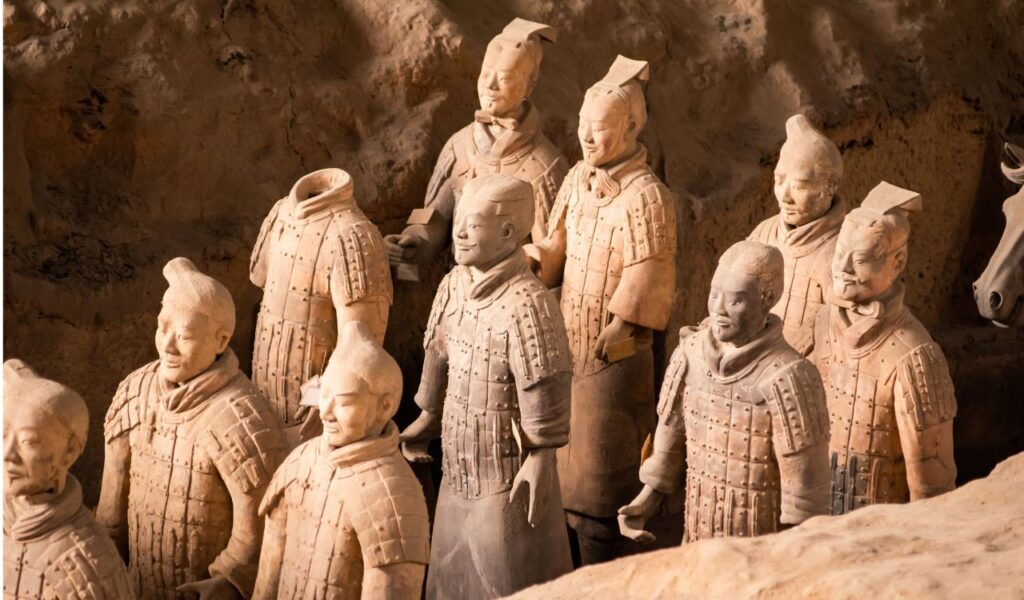
Some places remain beyond reach for safety, sanctity, secrecy, or science. From sealed tombs and sacred sanctuaries to serpent filled islands and remote military atolls, these destinations are closed to ordinary visitors. Each protects something fragile or vital and enforces a firm boundary. Step closer through words, not footsteps, and discover why these twelve locations ask the world to look, respect, and keep a careful distance.
North Sentinel Island, India
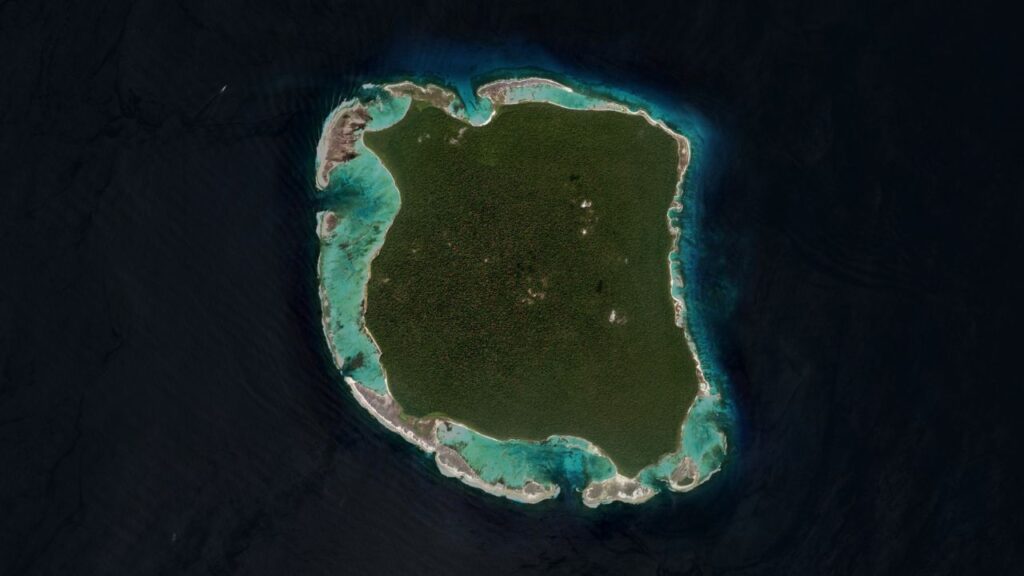
Guarded by law and by the island’s own people, North Sentinel remains one of the last untouched places on Earth. Approaching is illegal to protect the Sentinelese from disease and disruption. Their isolation stretches back millennia, and authorities enforce a wide exclusion zone. Boats keep distance, aircraft fly high, and any attempted landing risks conflict. Some places endure because the world agrees to stay away and let an older rhythm continue in peace.
Snake Island, Brazil
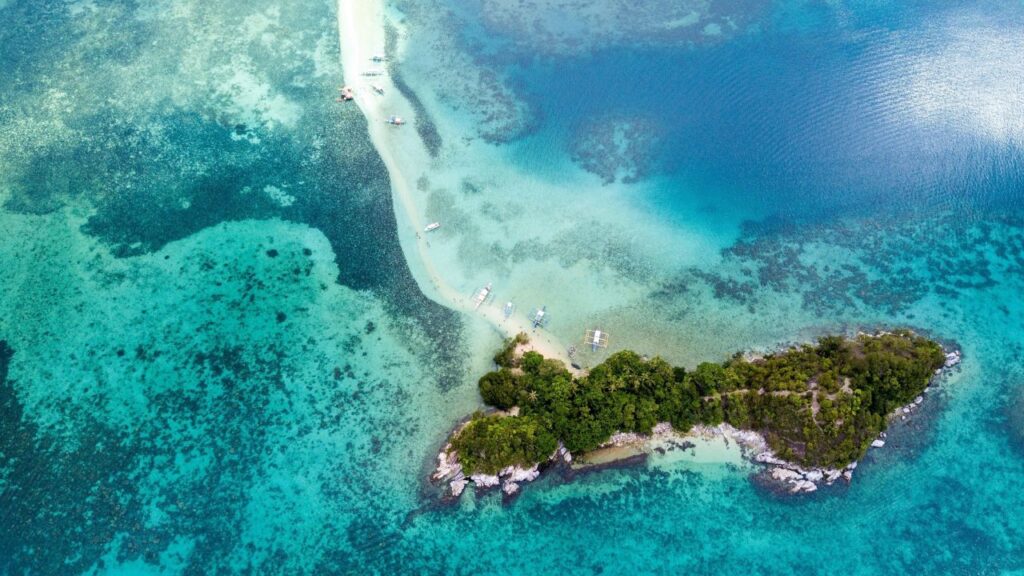
Just off Brazil’s coast, this rocky isle is home to thousands of golden lancehead vipers. Their potent venom and dense numbers make civilian landings illegal. Scientists believe the snakes evolved in isolation, which heightens both danger and the island’s delicate balance. Authorities restrict visits to protect people and wildlife, allowing only controlled research. From the mainland it looks close and harmless, yet it remains carefully out of reach for good reason.
Heard Island, Australia
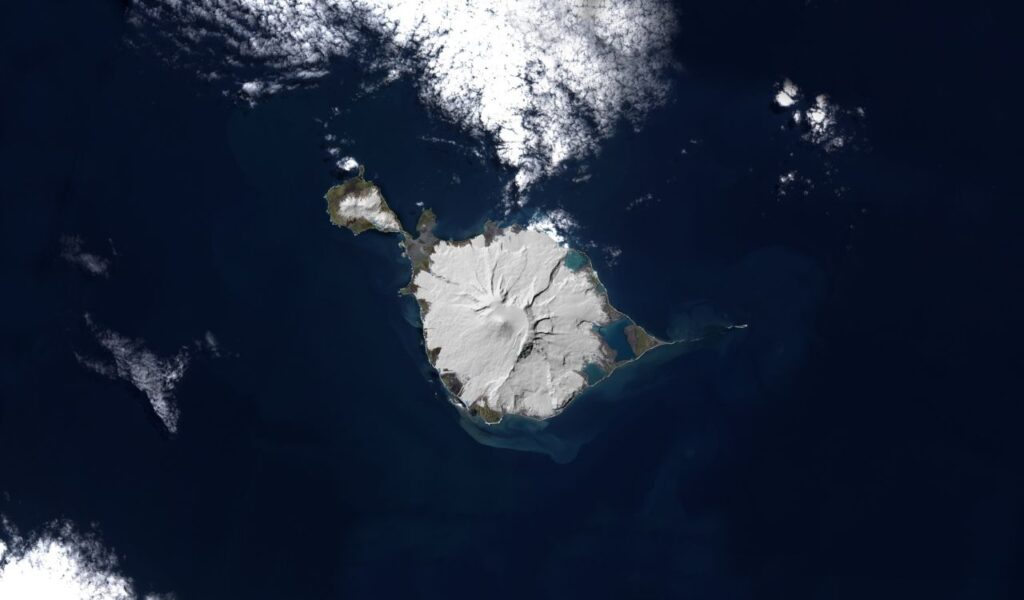
Far in the subantarctic, Heard Island is a realm of glaciers, storms, and a towering active volcano. There are no towns or tourist facilities, only strict protections and rare research permits. Reaching it demands time, skill, and a break in the weather. Its stark shores stay pristine because almost no one can go. The island’s quiet secret is that it needs no gate, only distance and the collective will to keep its wild character intact.
Surtsey, Iceland
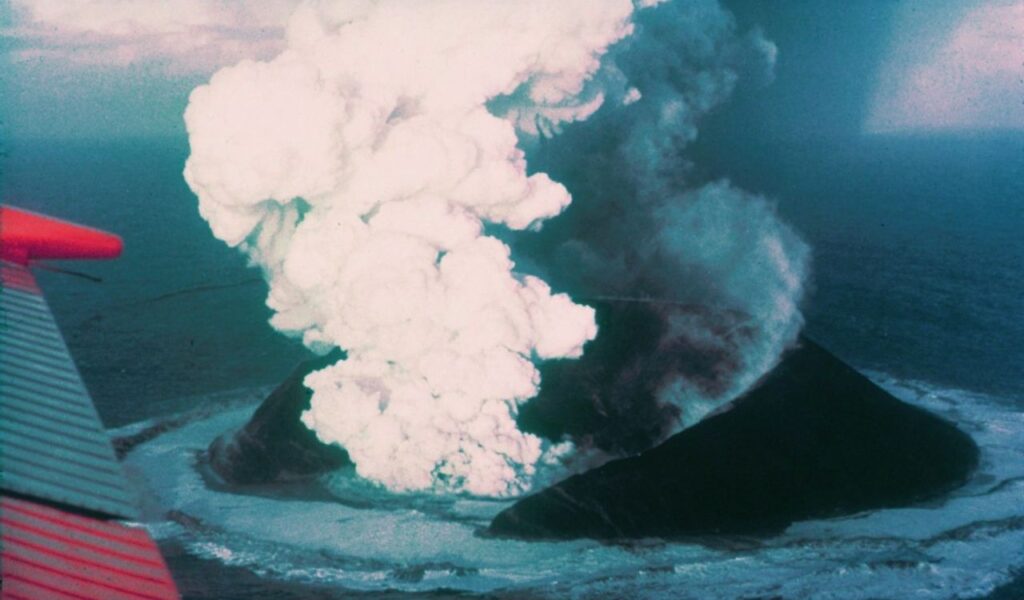
Formed by an undersea eruption in the 1960s, Surtsey is a living laboratory where scientists watch life take root on new land. To preserve that story, only accredited researchers may visit under protocols that prevent contamination. Tourists are barred and even traces of human presence are minimized. The island’s pull lies in its purity. It shows how ecosystems begin, slowly and surely, when people step back and let nature write the first lines.
Svalbard Global Seed Vault, Norway
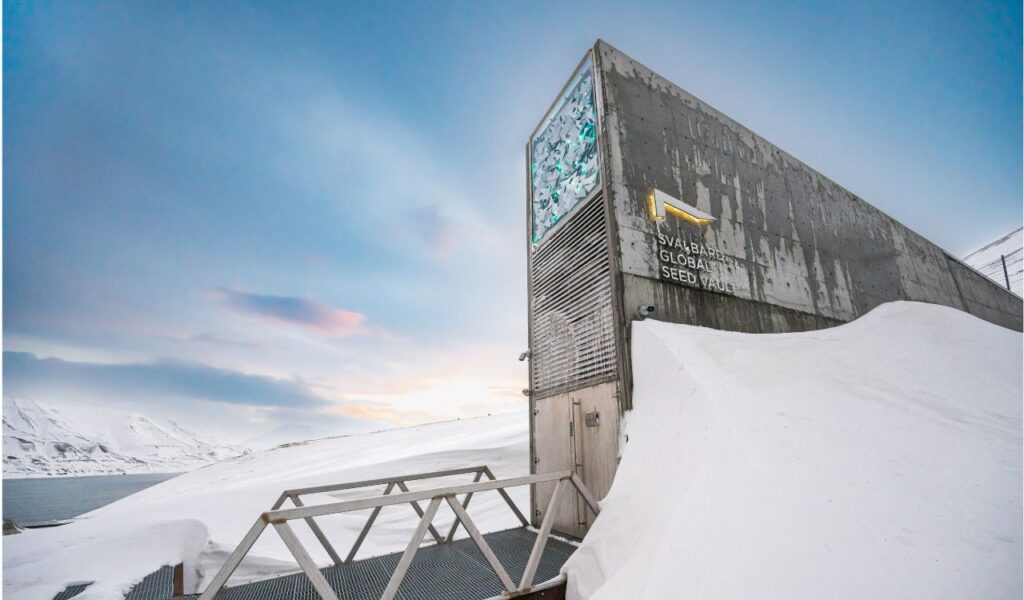
Set in Arctic rock near Longyearbyen, this vault safeguards millions of crop seeds. It is not built for tours, but for resilience and security. Only authorized staff and depositors pass its doors, maintaining a global backup for agriculture should crisis strike. From outside, it looks simple, a lit wedge in the snow. Inside, it holds a living archive of possibility. What it shelters is ordinary and priceless, the future of food held in quiet trust.
Ise Grand Shrine, Japan
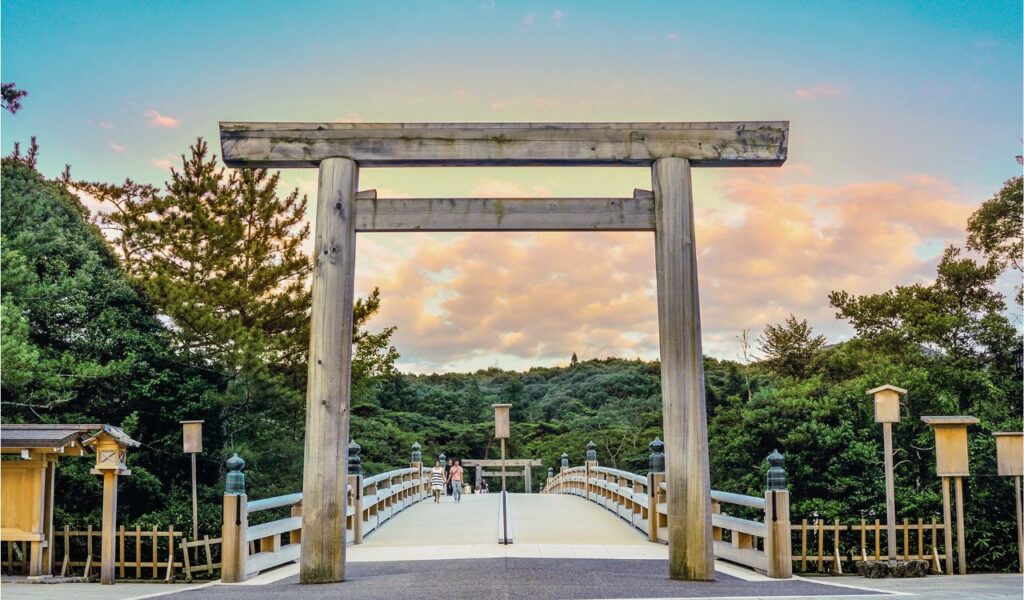
Ise is the spiritual heart of Shinto, renewed every 20 years in a ritual that spans centuries. While the broader complex welcomes pilgrims, the holiest inner sanctum stays closed to all but select priests and members of the imperial family. Cypress walls and quiet paths hint at what cannot be seen. The shrine’s mystery is part of its meaning. It preserves a center where reverence is felt more than shown, sacred space protected by tradition.
Tomb of Qin Shi Huang, China

Beneath a green mound lies the first emperor’s vast mausoleum, famed for the Terracotta Army that guards its approaches. The central chamber remains sealed to protect fragile mysteries within. Authorities favor patience over risk, hoping future methods can reveal its secrets safely. Here restraint becomes preservation. For now, silence defends history, and the emperor’s world waits intact below the earth, a reminder that not every treasure must be opened.
North Brother Island, USA
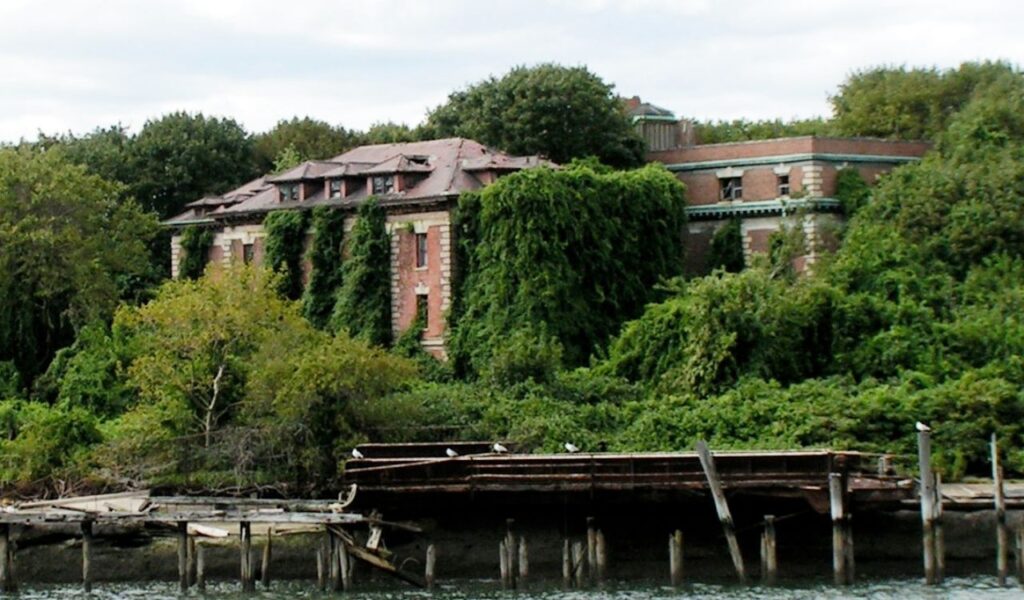
In New York City’s East River, ruins and thickets have replaced wards and walkways. Once a quarantine hospital and later a rehab center, the island is now a protected bird sanctuary. Public access is closed to shield nesting herons and egrets and to avoid danger among unstable buildings, with only limited supervised visits allowed. From the shore it feels near yet untouchable. Nature moved in, and the city stepped back, leaving a quiet refuge.
Area 51, USA
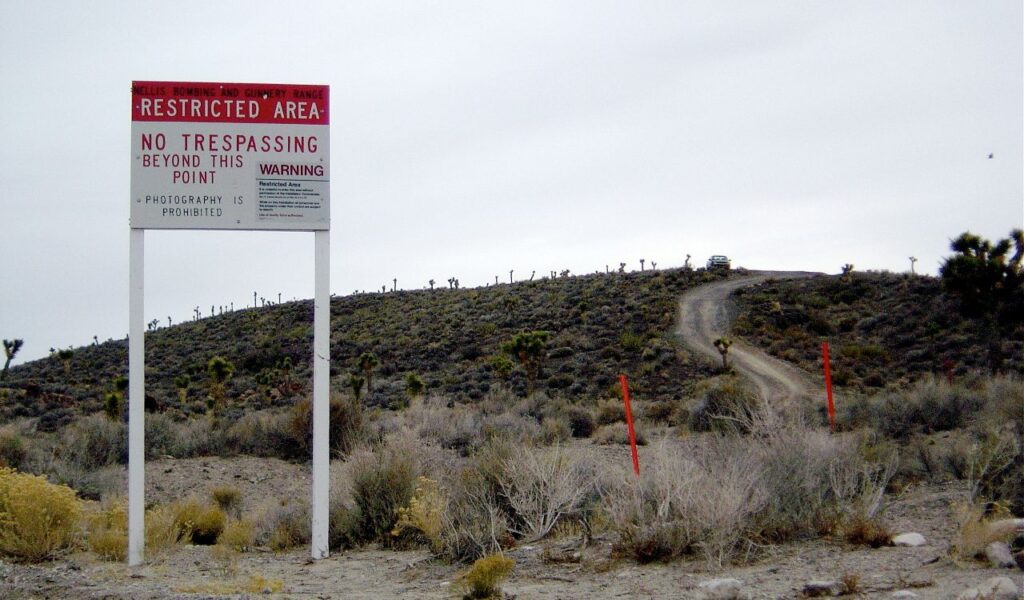
In Nevada’s desert, a guarded perimeter of signs, sensors, and patrols surrounds a vast military test range. The government tightly controls roads, airspace, and information, making entry impossible for the public. Rumors swirl, but secrecy serves operational needs. From distant hills the base appears as hints of shapes and lights. Curiosity reaches the boundary and goes no farther, a clear line across the sand that marks where access ends.
Niʻihau, USA
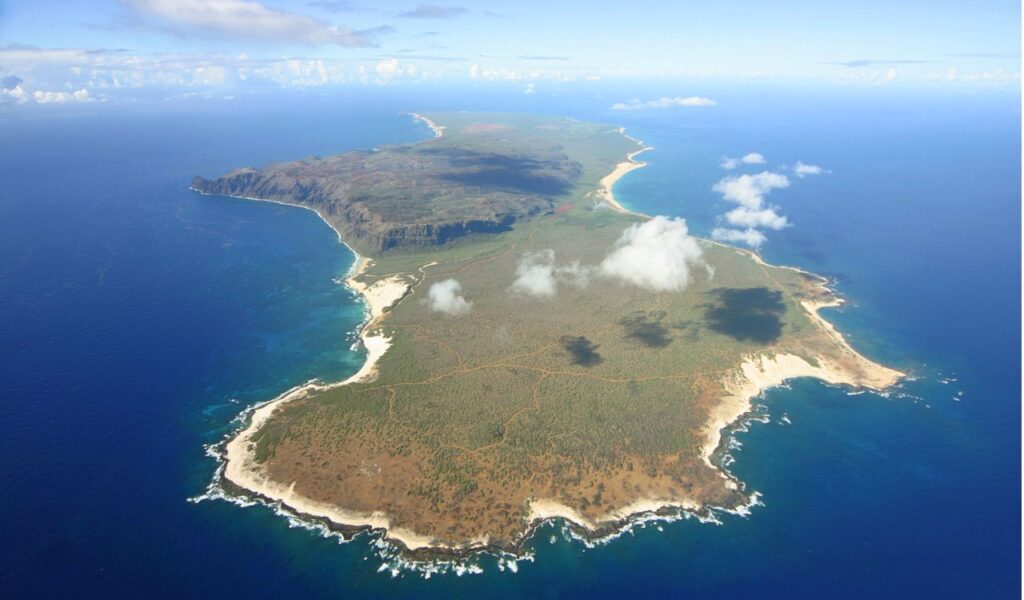
Known as Hawaii’s Forbidden Island, Niʻihau is privately owned and lightly populated. Access is tightly controlled to protect language, traditions, and the environment. Visitors do not casually land here. Offshore tours may pass its shores without stopping, while invited or official visits remain rare. The policy preserves what is precious. By keeping the outside world at a respectful distance, Niʻihau stays both real and quietly sheltered.
Poveglia, Italy
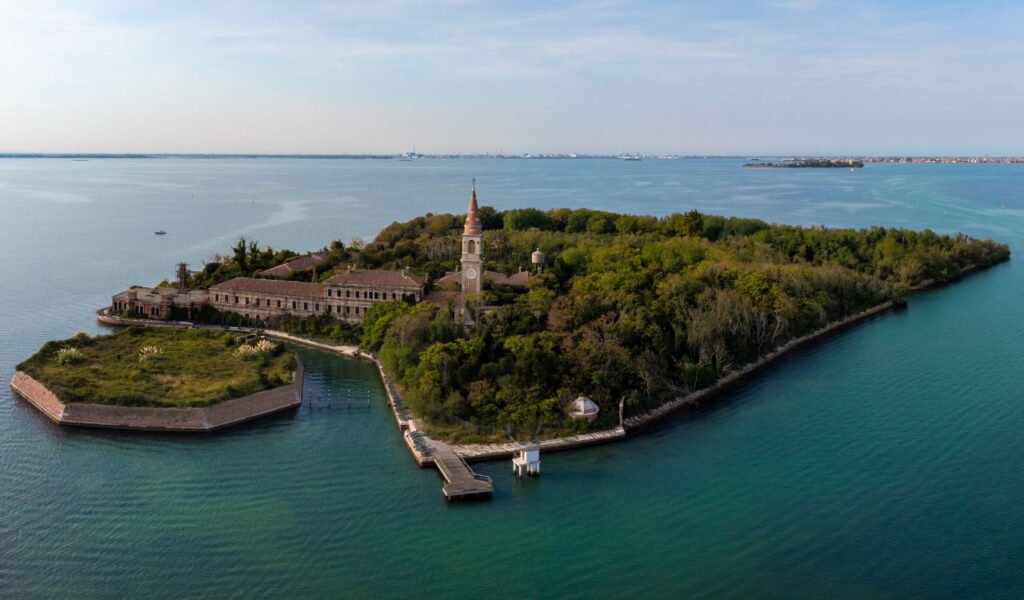
Between Venice and the Lido, Poveglia carries layers of history from plague quarantine to a long abandoned asylum. It is generally closed to casual visitors because buildings are unstable and the heritage is fragile. Rumors add chill, but caution guides its silence. Boats drift by while ivy pulls at brick. Time is the caretaker for now, and the island chooses discretion over spectacle as it waits for careful hands and safer days.
Diego Garcia, British Indian Ocean Territory
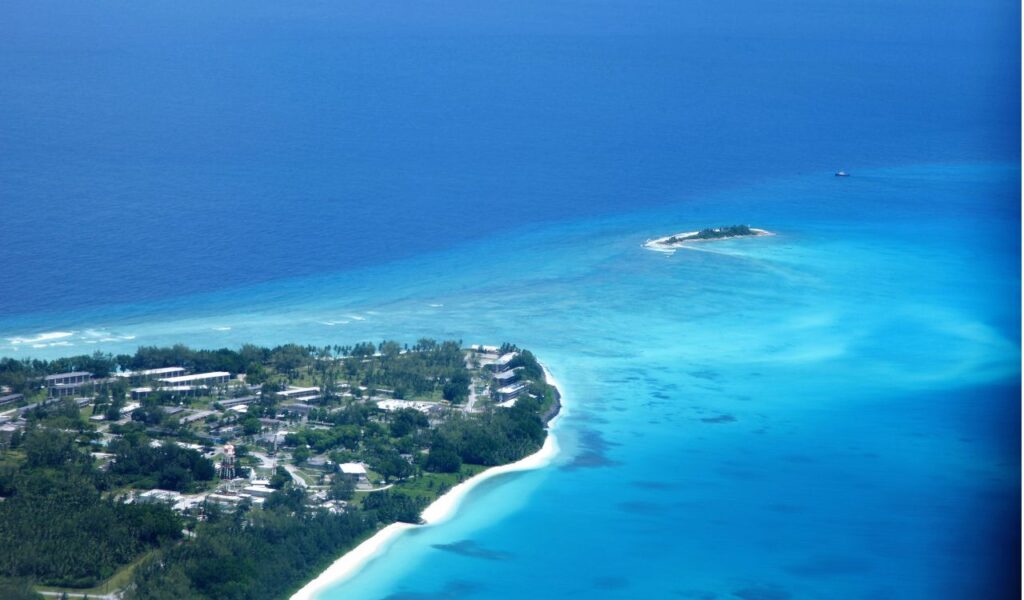
This bright atoll serves a serious role as a strategic military base. Entry is permit only and tightly controlled, with civilian access extremely limited. Runways, harbors, and protected waters anchor its global mission far from most eyes. The lagoon glows, the reefs thrive, and the signs are clear. Paradise and purpose share the same map, and the rule is simple and firm. Only those with authorization cross the threshold.